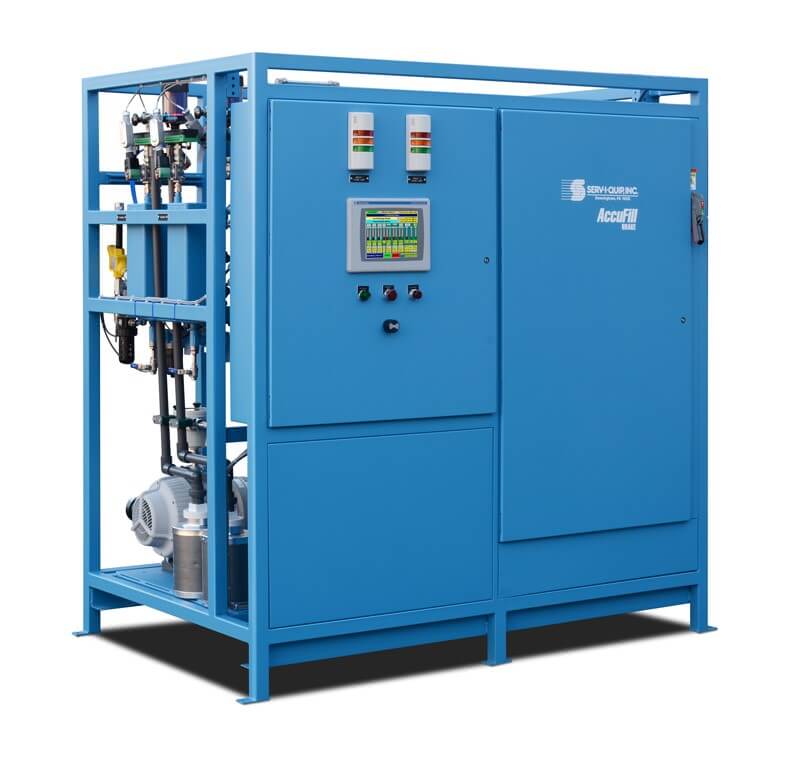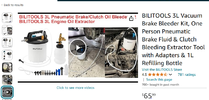Nice vid, but dIfferent fluid, different viscosity, different surface tension, different hose material, different hose diameter, most likely not really representative of entrainment in actual brake line.
I never pretended it to be an accurate representation of what happens inside the brake lines. And it is for that very reason that the opening paragraphs in the pdf document make those very points. Quote:
Part way through writing this article, I started to question my own understanding of how bubbles behave in a tube of flowing liquid. It was time to take a look at what actually happens, so I started with some research papers which made me realise how big a topic this is, and how long ago it was since I did my maths degree.
There are far too many variables to put together a definitive method for getting rid of air, but a little understanding does not go amiss. What follows is not conclusive by any stretch of the imagination. A proper study would consider the flow rate, the internal diameter and nature of the tube, the size of the bubble, the viscosity and surface tension of the fluid, the shape of the tube and its relationship with the vertical and the horizontal, and a load of other stuff.
No - this page is not a proper study, but it is interesting. I have a large bottle of coloured water. When I blow into one tube, it forces the coloured water down the tube that you can see in the photo. There are no bubbles in the liquid itself, but bubbles can be seen trapped against the inside of the tube, and bubbles and pockets of air form as the fluid flows.
The picture is a link to a YouTube video. It is not a scientific demonstration. It is not brake line and it’s not brake fluid. But it is flowing fluid, there is air in there and we can see where it is going. Or not, as the case may be.
So it was only ever for interest purposes only. Playing with tubes of coloured water showed me things that I didn't expect to happen. I found it revealing that bubbles automatically gather where there is an irregularity in the internal surface of the tube; that the fluid flowed straight past an almost vertical column of air; that air can be trapped in U bend while the fluid flows underneath it. Which suggests that no matter how log you suck fluid throught - unless something changes (shape, flow, angle.....), those bubbles are not going to shift. Some observations from that video may well apply to brake fluid in the narrow channels of the brake lines. I haven't got a clue which they would be, if any.
As for vaccuum pumps. I have one -it is a Sealey hand operated pump and it is OK for what I want. it gets the system filled quickly and it provides a flow of fluid so that I can go round tapping the joints and flexing the tubes. But it is cheap, nasty, it leaks, it makes a mess and I hate using it. But I cannot get my brakes as firm as I want them without using the standard non-return bleed tube to finish off. And it only ever comes out if the lines have been emptied. Most of the time I use the half unused bottle from my last fluid replacement to flush out any grunge, sluice the pistons and then use brand new sealed to flush all of that out and bleed.
Maybe with professional equipment. I wouldn't know, I have never tried.




